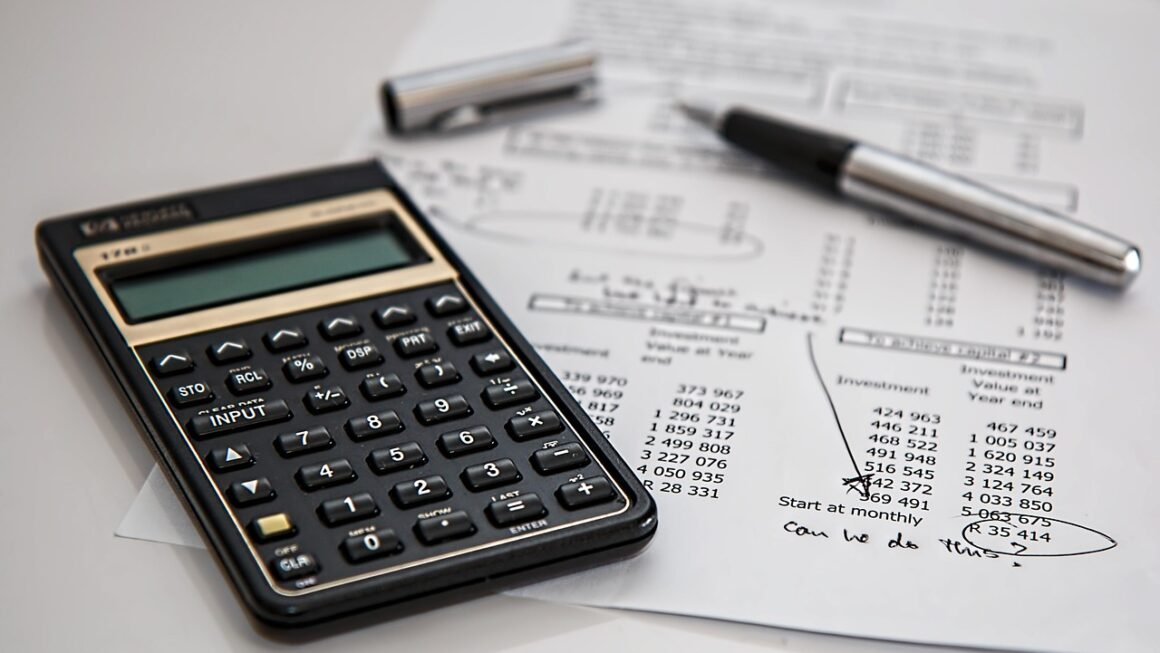Trading in the foreign exchange market, more commonly known as Forex, can seem like navigating a complex maze. The allure of potential profits draws many, but understanding the intricacies of currency pairs, market analysis, and risk management is crucial for success. This comprehensive guide will delve into the core concepts of Forex trading, providing you with the knowledge to make informed decisions and potentially navigate this exciting market.
What is Forex Trading?
Understanding the Basics
Forex trading involves the buying and selling of currencies with the goal of making a profit from the fluctuations in their exchange rates. Unlike stock markets, Forex operates 24 hours a day, five days a week, across various time zones globally. This continuous operation offers opportunities for traders around the clock.
- Currency Pairs: Currencies are traded in pairs, such as EUR/USD (Euro/US Dollar), GBP/JPY (British Pound/Japanese Yen), or USD/CHF (US Dollar/Swiss Franc). The first currency in the pair is the base currency, and the second is the quote currency.
- Exchange Rate: The exchange rate indicates how much of the quote currency is needed to buy one unit of the base currency. For example, if EUR/USD is 1.10, it means you need $1.10 to buy one Euro.
How Forex Trading Works
The fundamental principle of Forex trading is to predict whether the value of one currency will rise or fall relative to another.
- Going Long (Buying): If you believe the base currency will appreciate against the quote currency, you “go long” or buy the pair. If your prediction is correct and the exchange rate increases, you can sell the pair at a higher price and profit from the difference.
- Going Short (Selling): Conversely, if you anticipate that the base currency will depreciate against the quote currency, you “go short” or sell the pair. If the exchange rate decreases as expected, you can buy the pair back at a lower price and pocket the difference.
- Example: Let’s say you believe the Euro will strengthen against the US Dollar. You buy EUR/USD at 1.10. If the exchange rate rises to 1.12, you can sell EUR/USD, making a profit of $0.02 per Euro traded.
Key Participants in the Forex Market
Central Banks
Central banks play a significant role in the Forex market by influencing currency values through monetary policy, such as adjusting interest rates and implementing quantitative easing.
- Examples: The Federal Reserve (US), the European Central Bank (ECB), and the Bank of England (BoE).
Commercial Banks and Financial Institutions
These entities facilitate a large portion of Forex transactions for their clients, including corporations and individual traders.
- They also engage in Forex trading for their own profit.
Corporations
Multinational corporations need to exchange currencies for international trade and investment. These transactions contribute significantly to the overall Forex volume.
- For example, a US company importing goods from Japan needs to convert US Dollars into Japanese Yen to pay its suppliers.
Retail Traders
Individual traders participate in the Forex market through online brokers. While their individual transaction sizes are smaller compared to institutional players, the collective impact of retail traders is substantial.
- Technology has made Forex trading more accessible than ever before to individual investors.
Strategies and Techniques for Forex Trading
Technical Analysis
Technical analysis involves studying historical price charts and using technical indicators to identify potential trading opportunities.
- Chart Patterns: Identifying patterns like head and shoulders, double tops, and triangles can signal potential price movements.
- Technical Indicators: Tools like Moving Averages, Relative Strength Index (RSI), and MACD can provide insights into market trends and momentum.
- Example: A trader might use a 50-day moving average to determine the overall trend of a currency pair. If the price is consistently above the moving average, it suggests an uptrend.
Fundamental Analysis
Fundamental analysis involves evaluating economic, financial, and political factors that may influence currency values.
- Economic Indicators: Monitoring indicators such as GDP growth, inflation rates, employment figures, and trade balances.
- News Events: Staying informed about significant news events, such as central bank announcements, political elections, and economic data releases.
- Example: A country with strong GDP growth and low unemployment may see its currency appreciate.
Risk Management Strategies
Effective risk management is crucial for preserving capital and achieving long-term success in Forex trading.
- Stop-Loss Orders: Placing stop-loss orders to automatically close a trade when the price reaches a predetermined level, limiting potential losses.
- Take-Profit Orders: Setting take-profit orders to automatically close a trade when the price reaches a target level, securing profits.
- Position Sizing: Determining the appropriate amount of capital to allocate to each trade based on your risk tolerance and account size. A common rule is to risk no more than 1-2% of your trading capital on a single trade.
- Example: If you have a $10,000 trading account and are willing to risk 1% per trade, you should not risk more than $100 on any single trade.
Choosing a Forex Broker
Regulation and Security
Selecting a reputable and regulated Forex broker is crucial to ensure the safety of your funds.
- Regulatory Bodies: Look for brokers regulated by reputable authorities such as the Financial Conduct Authority (FCA) in the UK, the Securities and Exchange Commission (SEC) in the US, or the Australian Securities and Investments Commission (ASIC) in Australia.
- Client Fund Segregation: Ensure the broker keeps client funds separate from their own operational funds.
- Compensation Schemes: Check if the broker participates in a compensation scheme that protects client funds in case of broker insolvency.
Trading Platform and Tools
The trading platform should be user-friendly, reliable, and equipped with the necessary tools for analysis and execution.
- Platform Features: Look for features such as charting tools, technical indicators, order types (market, limit, stop), and real-time news feeds.
- Mobile Trading: Consider whether the broker offers a mobile trading app for trading on the go.
- Demo Account: Utilize a demo account to familiarize yourself with the platform and test your trading strategies without risking real money.
Trading Conditions
Consider factors such as spreads, commissions, leverage, and execution speed.
- Spreads: The spread is the difference between the bid (selling) and ask (buying) prices of a currency pair. Lower spreads are generally more favorable for traders.
- Commissions: Some brokers charge commissions on trades in addition to the spread.
- Leverage: Leverage allows you to control a larger position with a smaller amount of capital. While leverage can amplify profits, it can also magnify losses. Use leverage cautiously.
- Execution Speed:* Fast and reliable execution is essential to avoid slippage, which occurs when your order is filled at a different price than you expected.
Conclusion
Forex trading offers exciting opportunities for profit, but it’s essential to approach it with knowledge, discipline, and a solid understanding of risk management. By grasping the fundamentals of currency pairs, employing effective trading strategies, and selecting a reputable broker, you can increase your chances of success in the Forex market. Remember that continuous learning and adaptation are crucial for navigating the ever-changing landscape of Forex trading.



